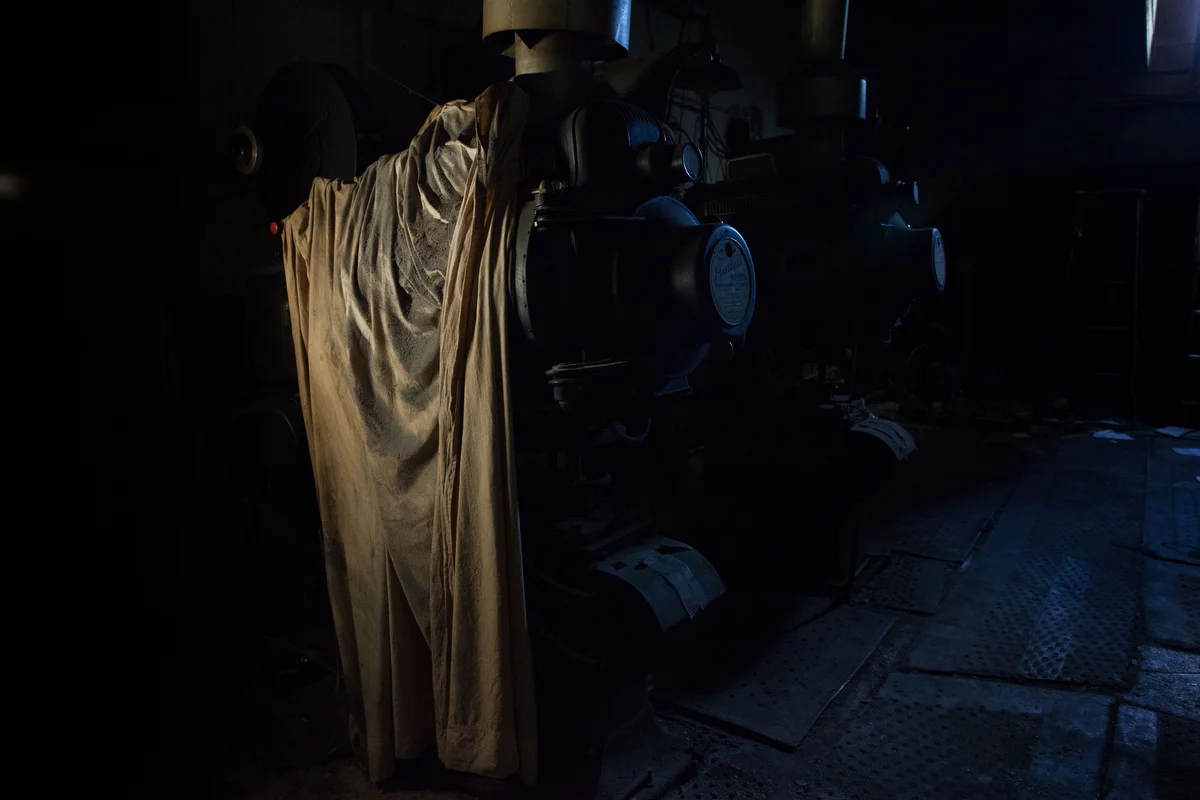The Garden Theater Key Dates:
1906 – Banker David E. Park purchases the property for $28,350.
Vice President of the National People’s Bank, Park lived just four blocks away in what was then Allegheny City. Live entertainment was the main entertainment available until this time. Vaudeville shows have begun to play films between acts. Small storefront theaters called “Nickelodeons” are becoming the rage. Named for the nickel entry fee and the Greek word for theater, the first Nickelodeon in the nation opened in Pittsburgh in 1905.
1915 – The Garden Theater opens.
The name is a play on the owner’s name, David E. Park. He also owned the Park building in downtown Pittsburgh, so the name “Garden” did help avoid confusion. The building’s architect, Thomas H. Scott, is know for his design of the Machesney (now Benedum-Trees) building.
By 1915, it’s been 20 years since people had first paid to watch a moving picture show. By now, virtually no U.S. city is without a theater, and there are 4,000 theaters are across the country. Large cities like Pittsburgh have multiple venues nestled into neighborhoods. It’s the era of silent films, and the Garden has a pipe organ to accompany the moving pictures.
Live performances are fading. Vaudeville star, W. C. Fields, makes his film debut and Charlie Chaplin makes his first masterpiece, “The Tramp,” in this same year.
1917 – First owner dies.
David Park’s son, Lewis A. Park, inherits the theater.
June 1924 – Bennett Admur becomes the owner.
Park’s heir sells the Garden to the theater’s manager, Bennett Admur, for $1. Admur loves the Garden, and would work in the theater daily until his death nearly 50 years later. Admur does some renovations in the 1927, but in general the Garden’s structure, layout and décor are maintained throughout his ownership. It’s likely he needed renovate to adapt to the “talkies,” as movies now have sound are the norm by the late 1920s.
1930s, 1940s – The Garden glows.
Even in the depth of the Depression, lights remain on the Garden. Under Admur the Garden is a showplace and community centerpiece for decades to come. Many older North Side residents today fondly recall their childhood trips, that were often weekly family outings, to the local theater.
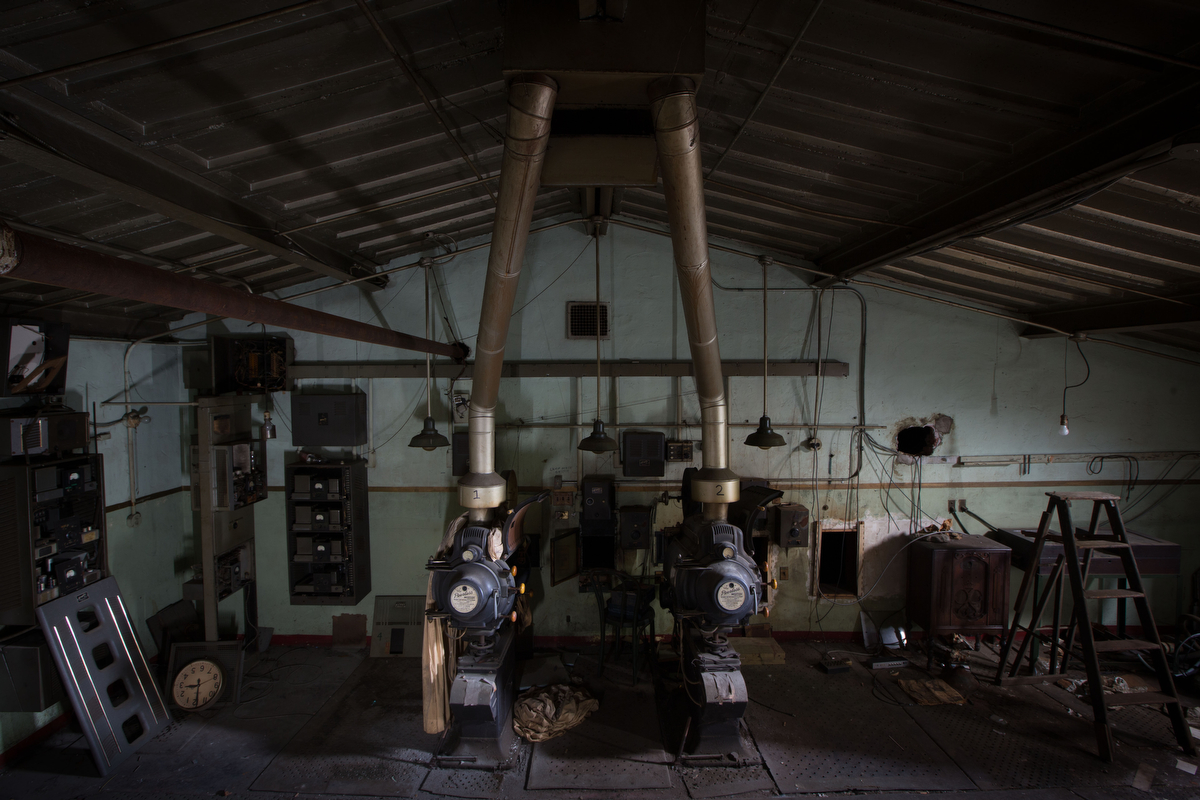
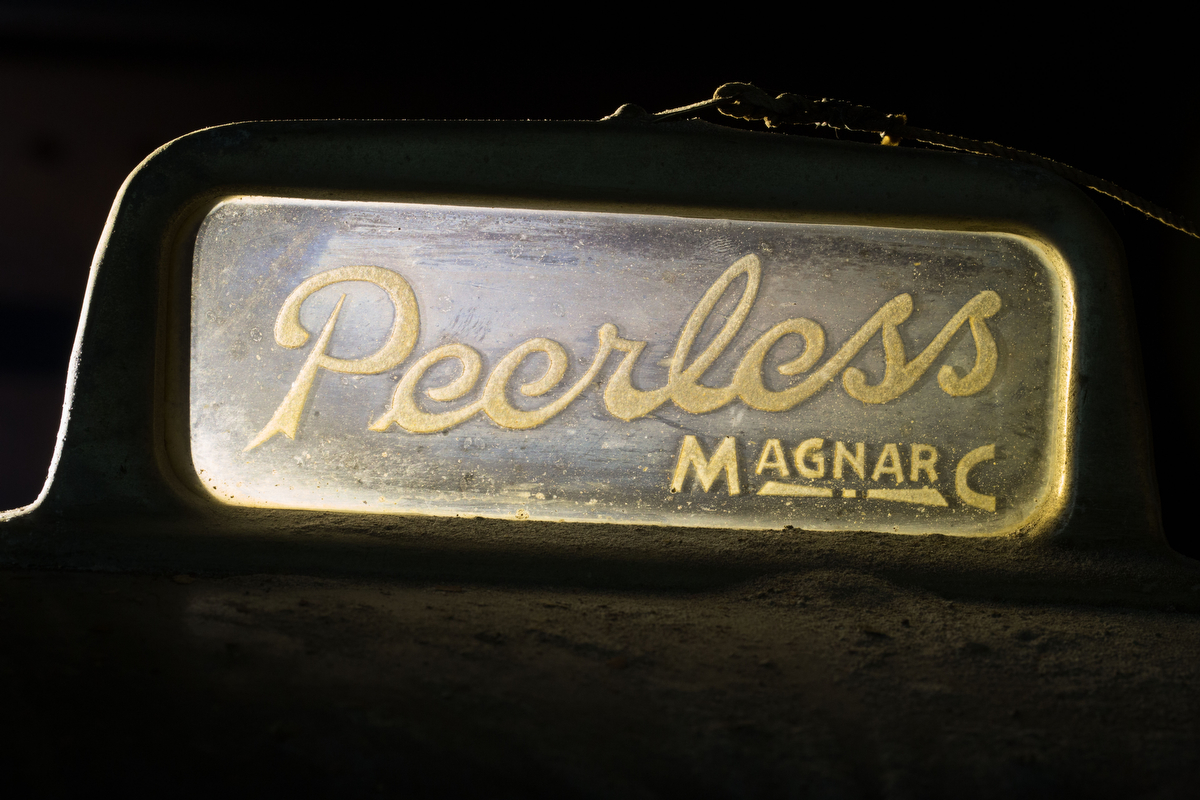
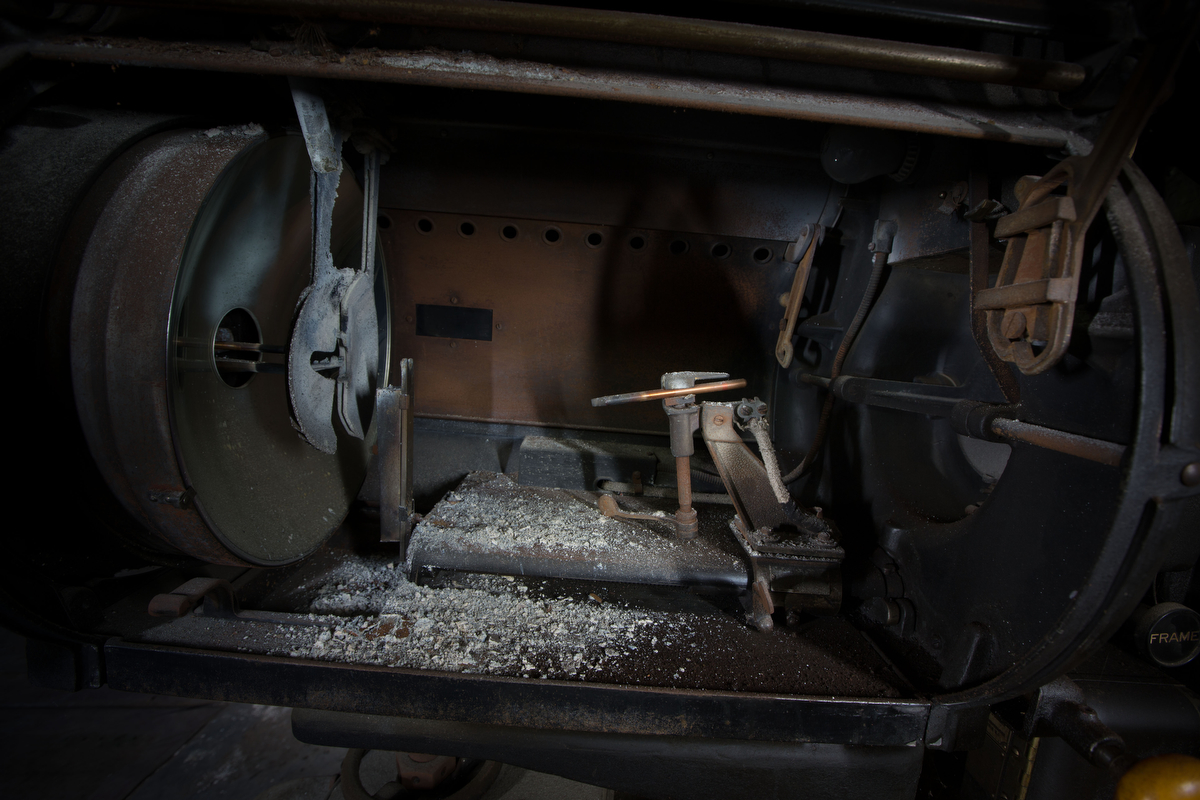

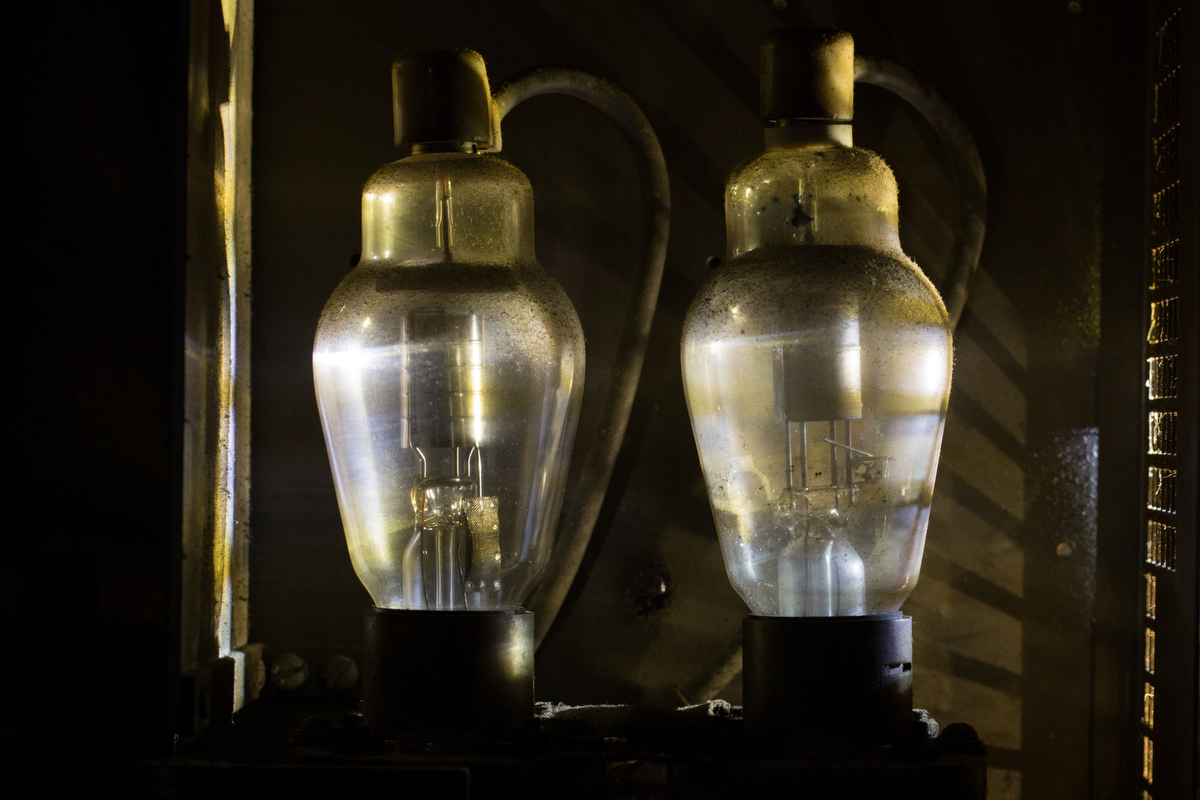
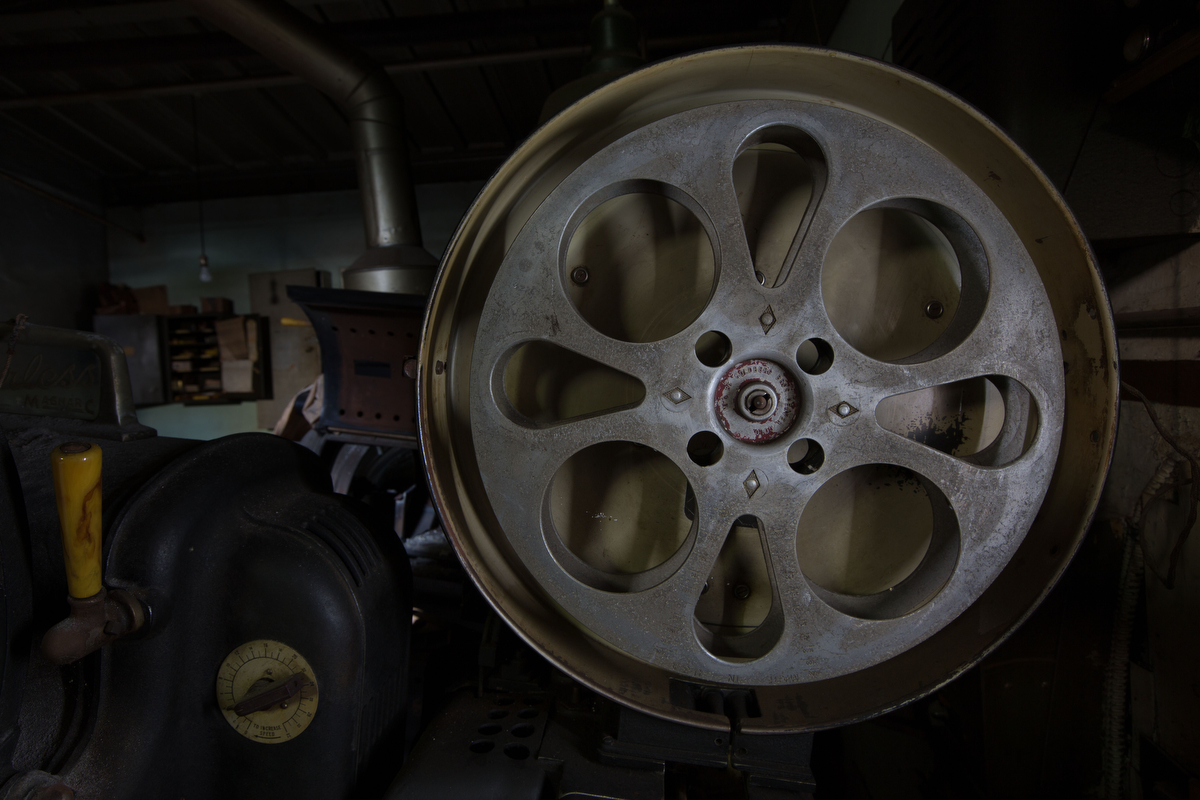
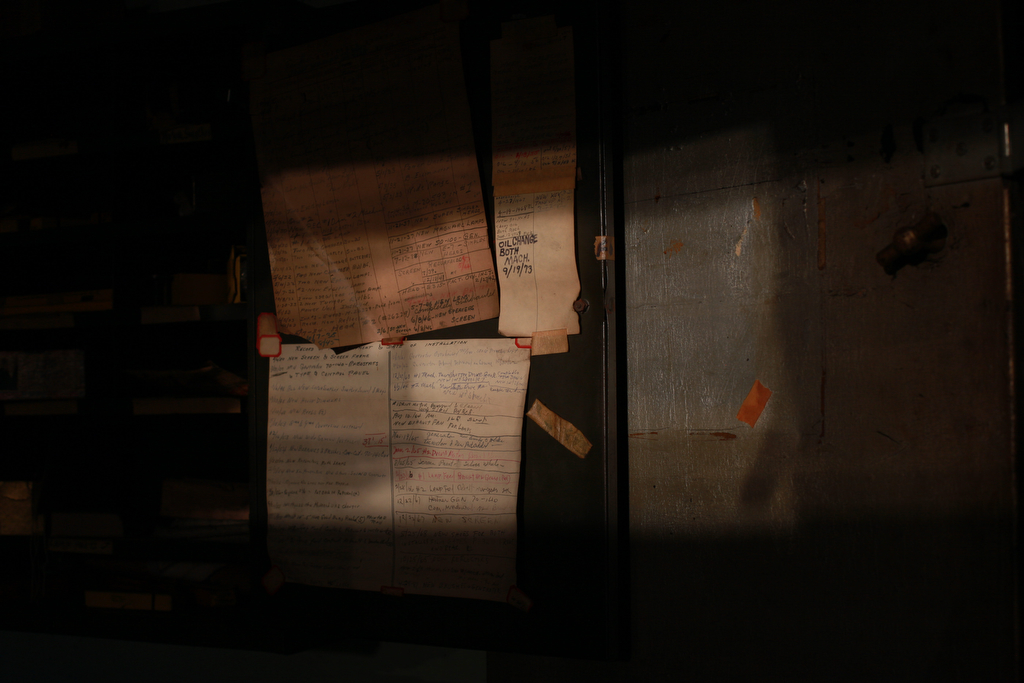
1954 – The last film projectors are installed.
These are state-of-the-art carbon arc Peerless projectors remain in the projection room today, abandoned from use only when the theater switched to tape in the 1980s.
These hulking machines, with smoke stacks that make them look akin to a wood stove, used two rods of carbon to create the bright light of the projector. There are two machines, because an entire feature film could not be fit to a single reel. With a reel lasting only about 20 minutes, projectionists would switch the projectors many times during a typical film. A tour of the projection area today reveals not only film splicing tools and spare parts, but a toilet at the side of the room – all in an effort to keep projectionist on duty and the movies showing without interruption.
According to the Library of Congress Historic Building Survey, the Garden prided itself as superior in the art of showing movies. Sound equipment, light dimmers and even air conditioning we installed as soon as they came on the market.
The survey also notes when a projectionist died of a heart attack on the job, and “his partner, overcome with shock, collapsed along with him and died a few days later. In the best of show traditions, a replacement projectionist was at work half-an hour after the emergency.”
1960s – The Garden begins to struggle.
Just as the neighborhood surrounding it, the Garden falters. It shows second run films already released in local theaters. This decade brings the movie theater to the suburban mall.
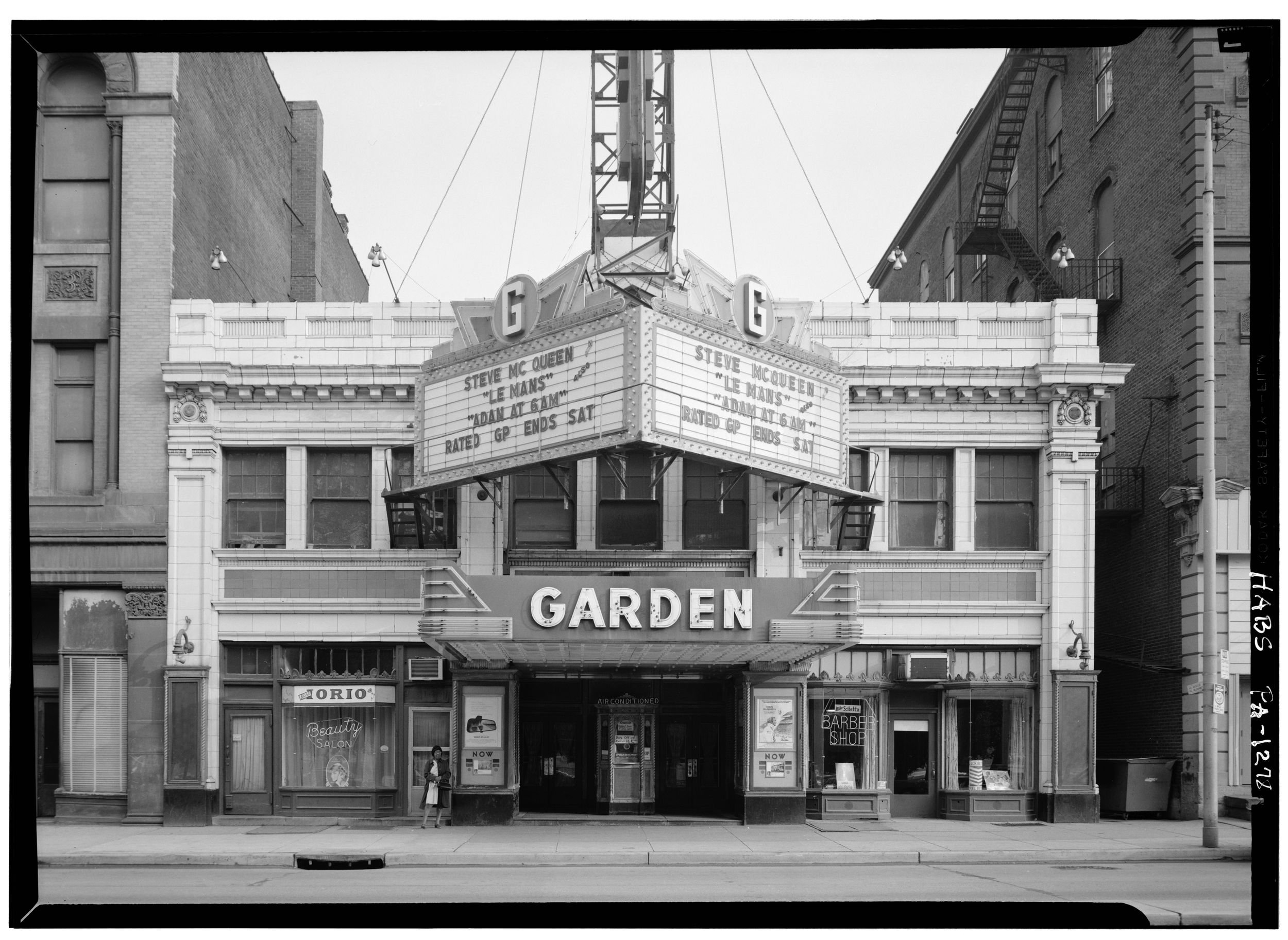
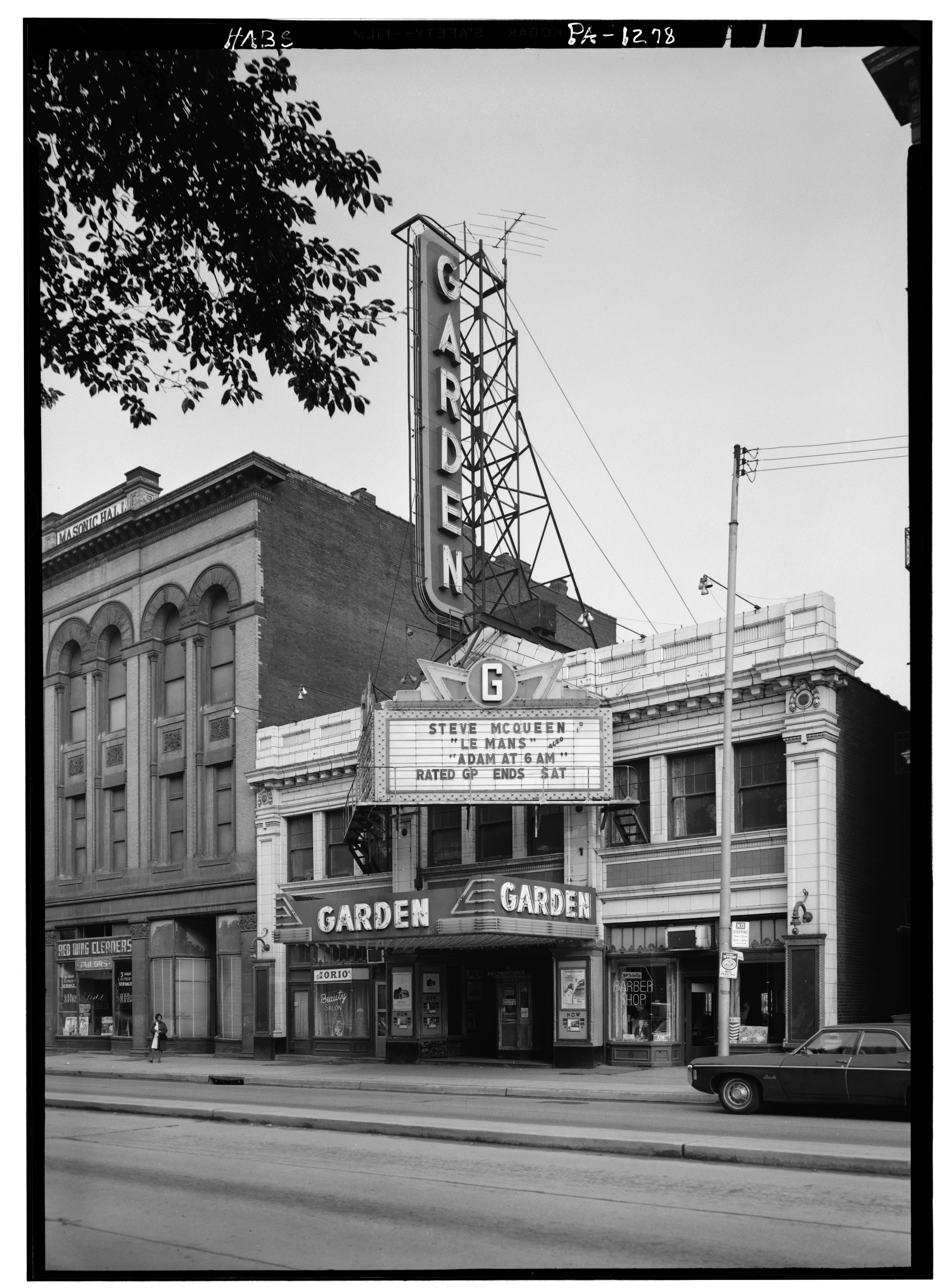
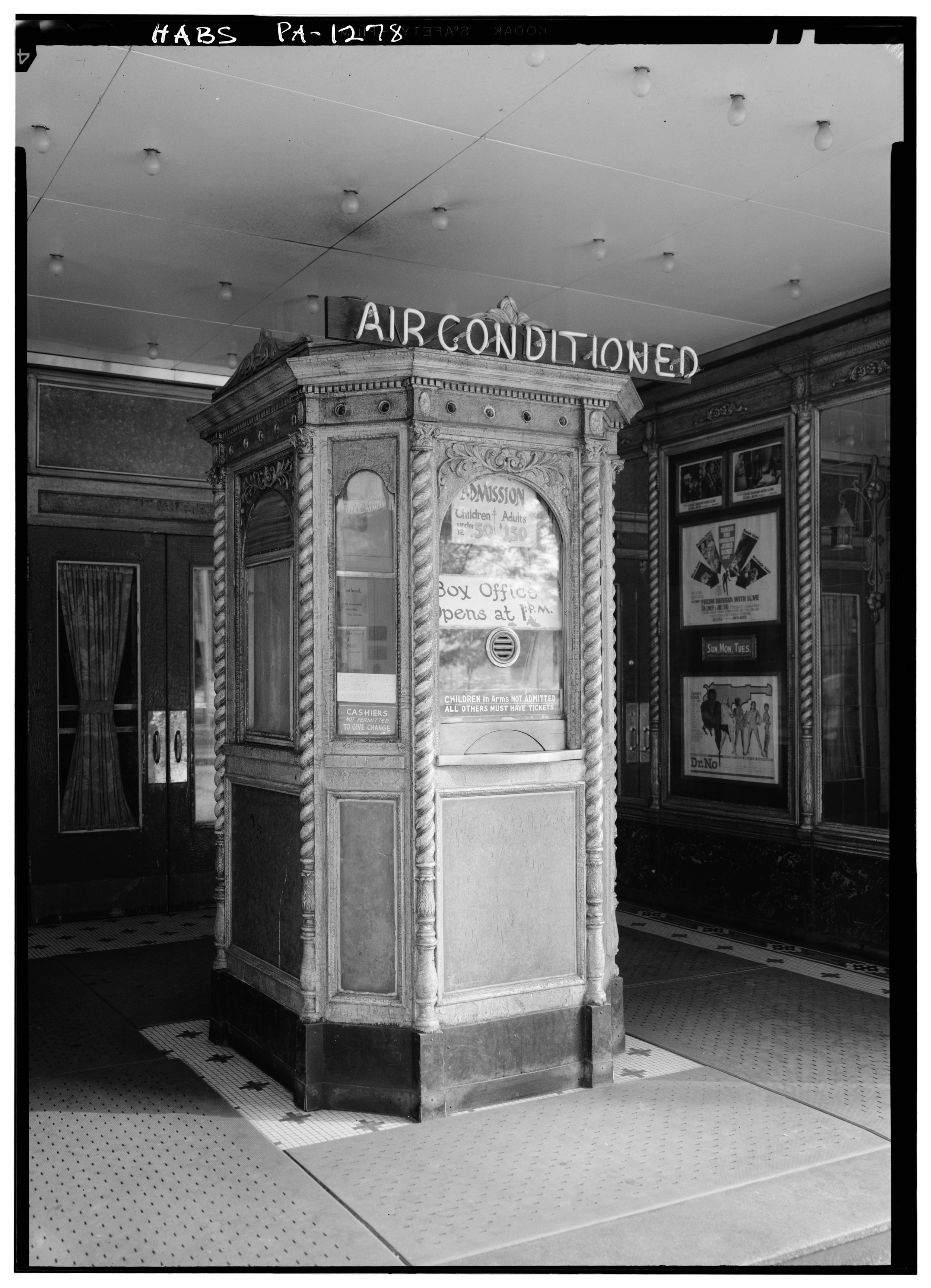
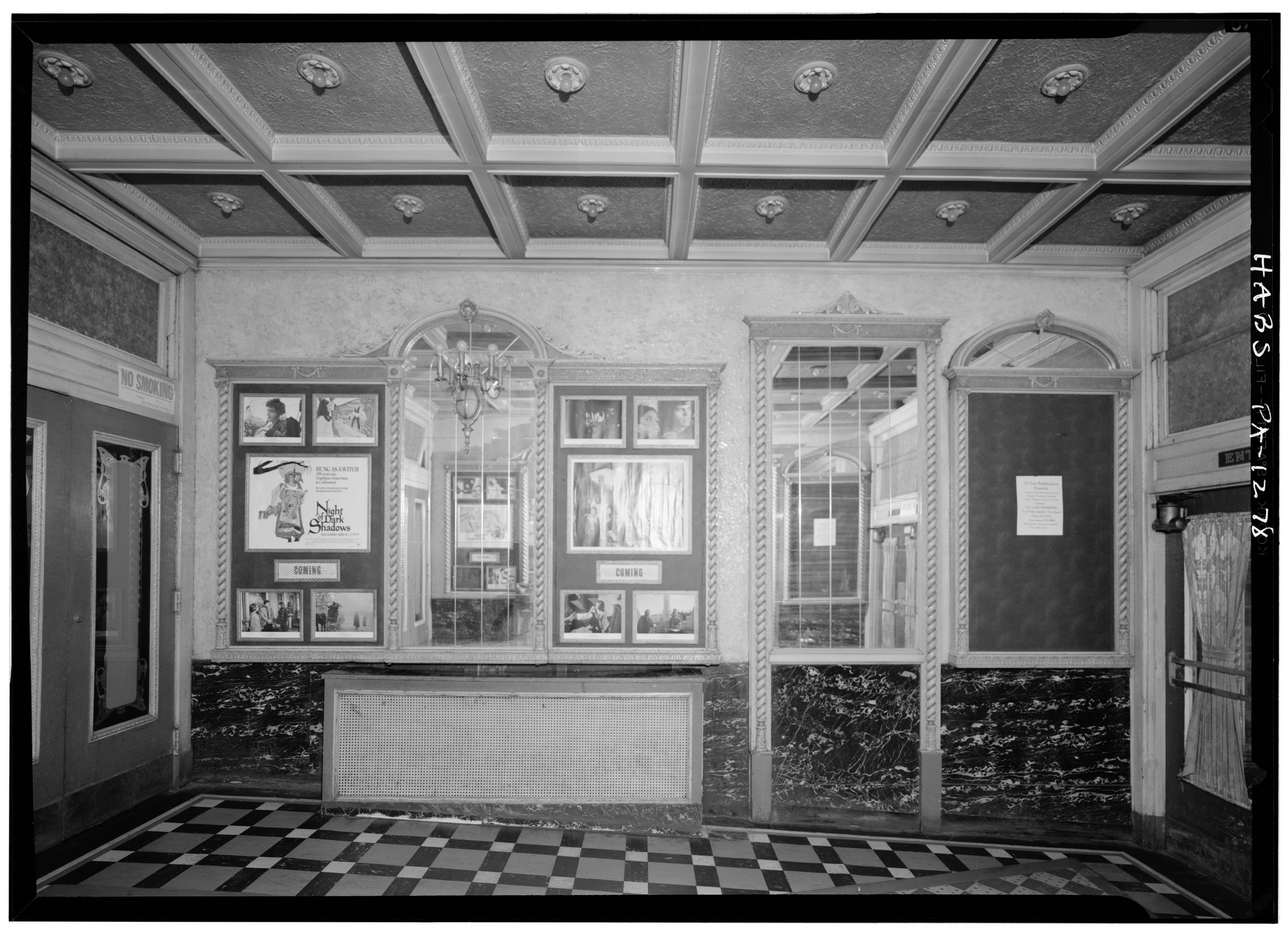

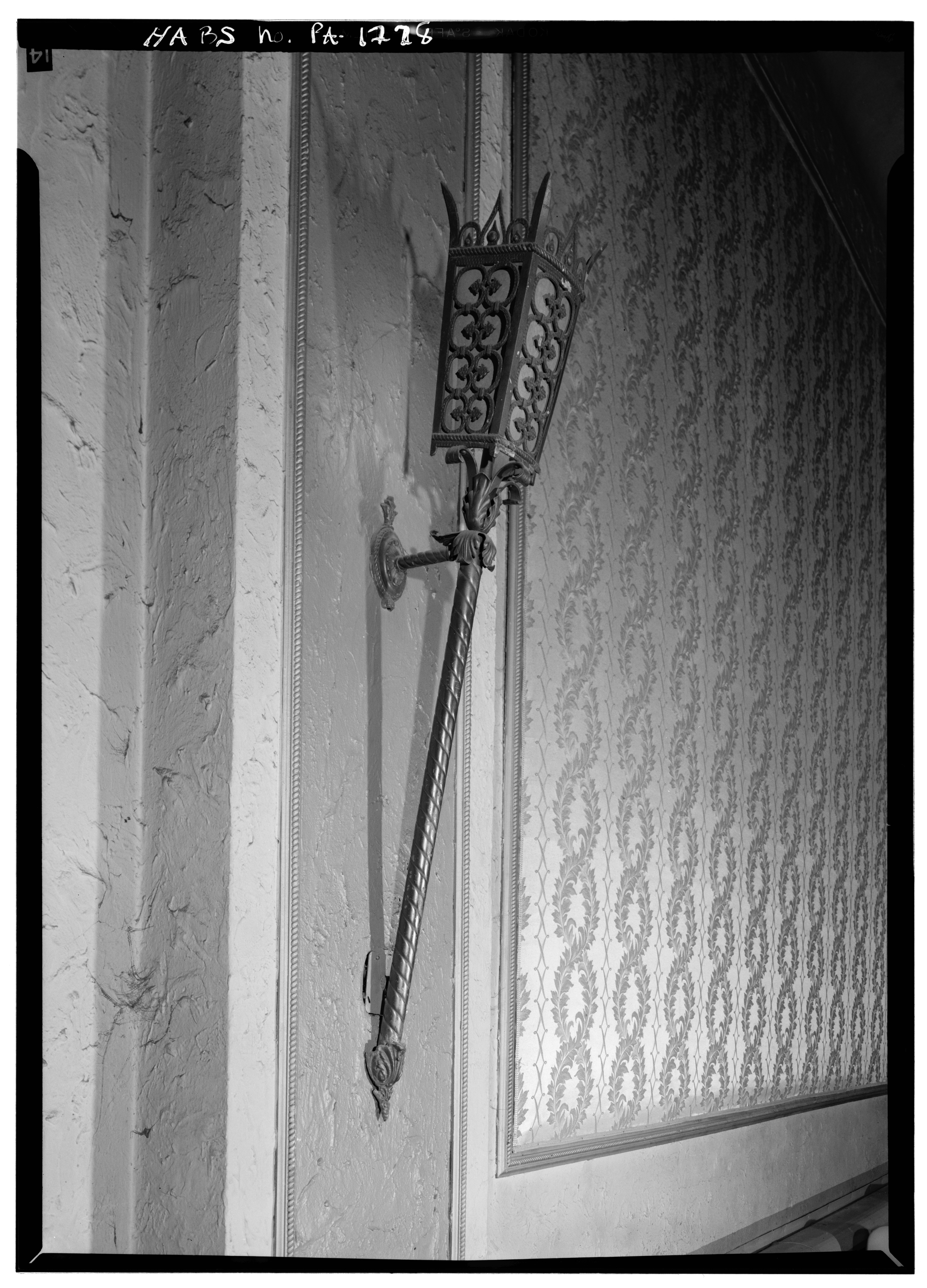
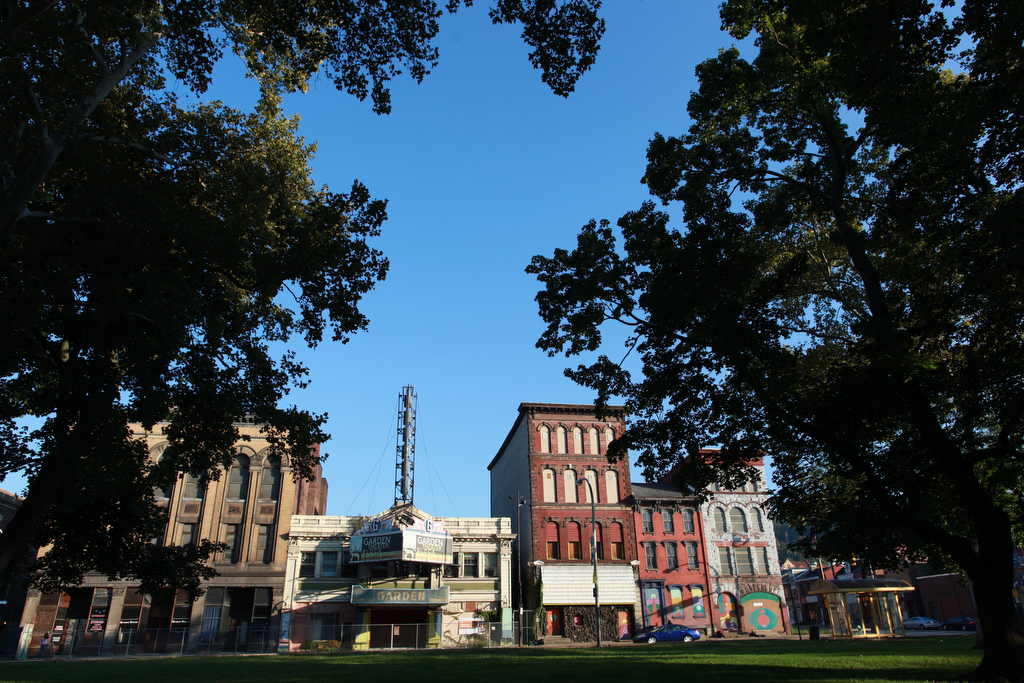

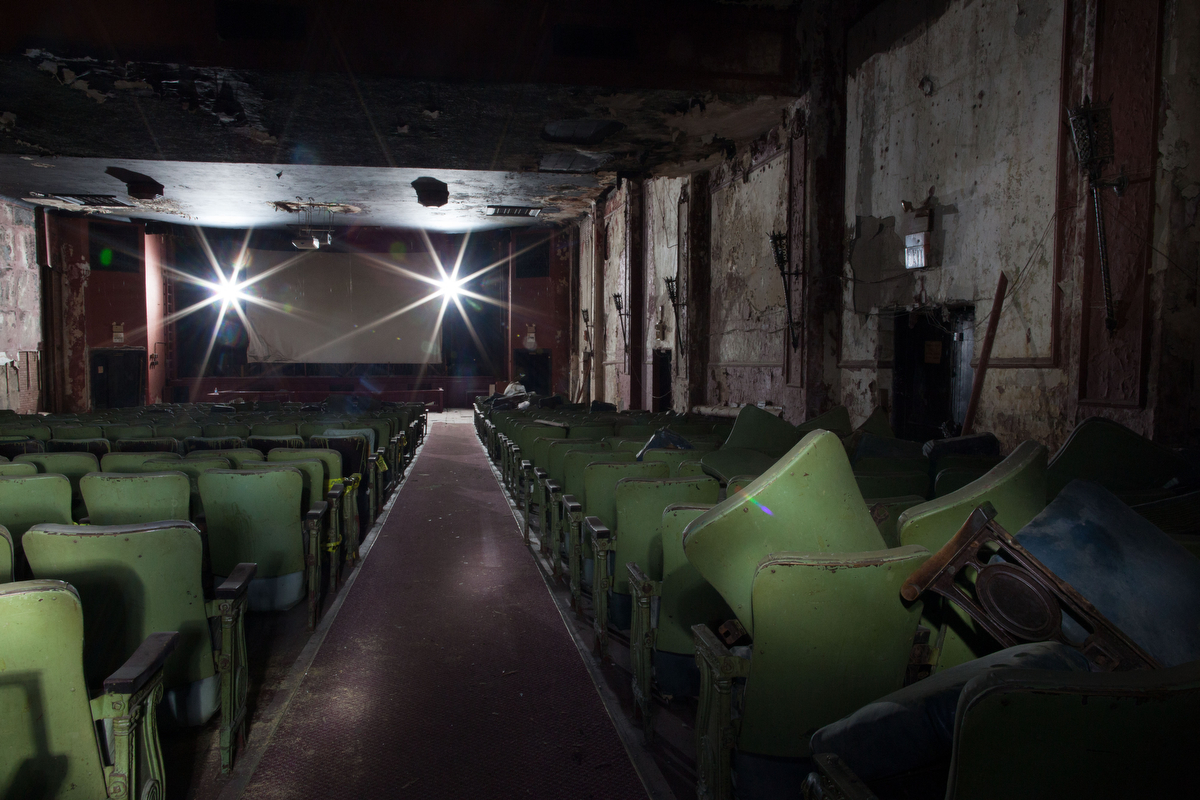
June 2, 1970 – Long-time owner, steward Bennett Admur dies.
For thirty days, lights are dimmed and the community comes by to see a black-draped portrait of the man who dedicated his life to the theater.
1973 – The porn era begins.
Penn-Ally Enterprises buys the Garden. Under Admur’s ownership, the Garden would not even show “Frankenstein” but now it turns to pornography. The local debut of “Deep Throat” runs for nine days until the film is shut down by local authorities.
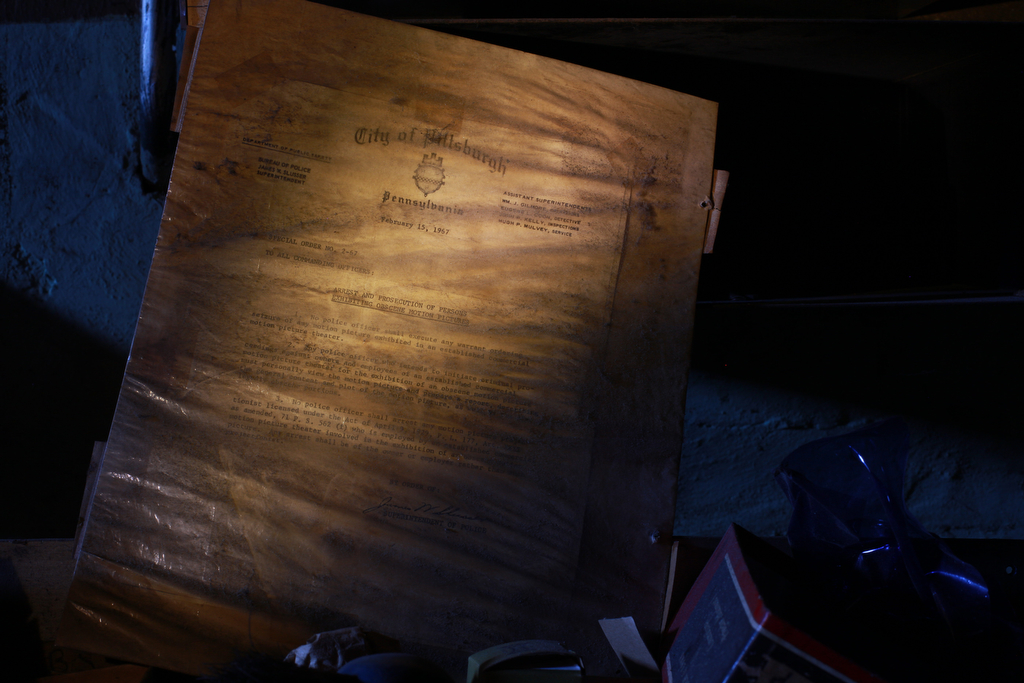
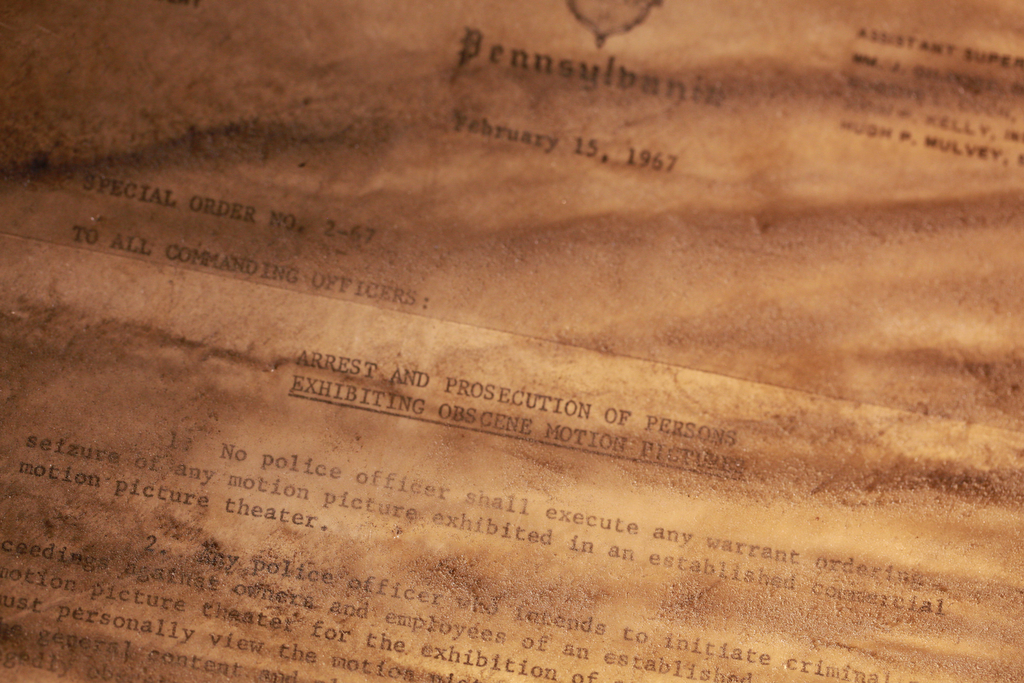
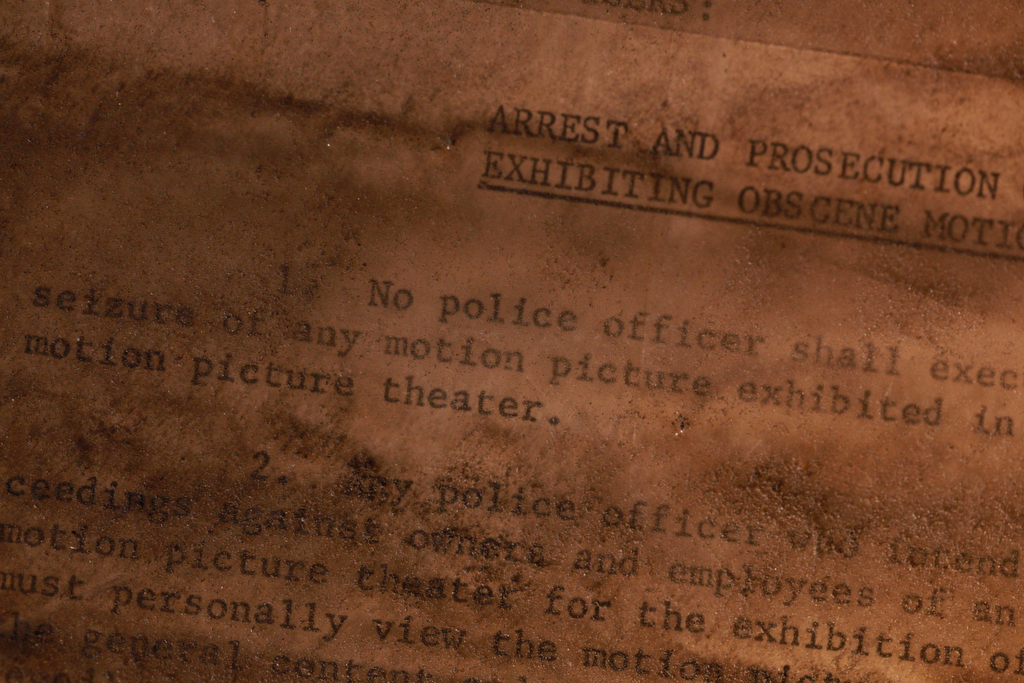
1995-1997 – North Side blight attacked.
Pittsburgh’s Urban Redevelopment Authority takes the first steps to clean up the decayed area near Federal and North streets. In three year, the URA acquires 46 properties in the three blocks around the Garden. The theater’s owner, George Androtsakis, is the lone holdout refusing to sell.
1999 – Court battle over the Garden begins.
The Garden Theater’s owner, George Androtsakis, begins his fight against the URA’s use of the power of eminent domain. Androtsakis, of New York, owns about 35 adult theaters across the nation. His attorney, Peter Georgiades tells the Post-Gazette that they are fighting against the "self-appointed guardians of the public morals" who are trying to put the Garden out of business.
"The politicians fall all over themselves to be the first guy to hate pornography, just like they used to fall all over themselves to be the most anti-Communist guy in the country," Georgiades said. "Who suffers? Free speech. And, ultimately, all of us. You don't have to go an adult theater if you don't like it."
Georgiades would also tell the newspaper that his client would sell for an “obscene” amount of money.
Early in the year, the Garden’s marquee stops using “XXXX.” Instead the signs herald "4 Big Hits," "Continuous All Day" with a "New Show every Wed. and Sun.”
December 27, 2006– The argument is over.
Pennsylvania Supreme Court rules that the Urban Redevelopment Corporation’s attempt to seize the property does not infringe on free speech rights.
February 15, 2007 – URA takes ownership.
The URA purchases the Garden Theater from New Garden Realty Corp. for $1.1 million. The URA would later call for development proposals to handle some or all the of the Garden block.
Fall 2013 – Next phase begins.
Allegheny City Development takes ownership of the Garden and begins renovations with the goal of opening a restaurant in the space in 2014. Plans call for lobby and façade to remain in tact, while the back portion of the theater space itself will be demolished.
Sources: Library of Congress’ Historic American Buildings Survey, PA-1278 (HABS), The Pittsburgh Post-Gazette, The Pittsburgh Press, Pittsburgh Tribune-Review, the Associated Press, Wikipedia & Allegheny City Development.
